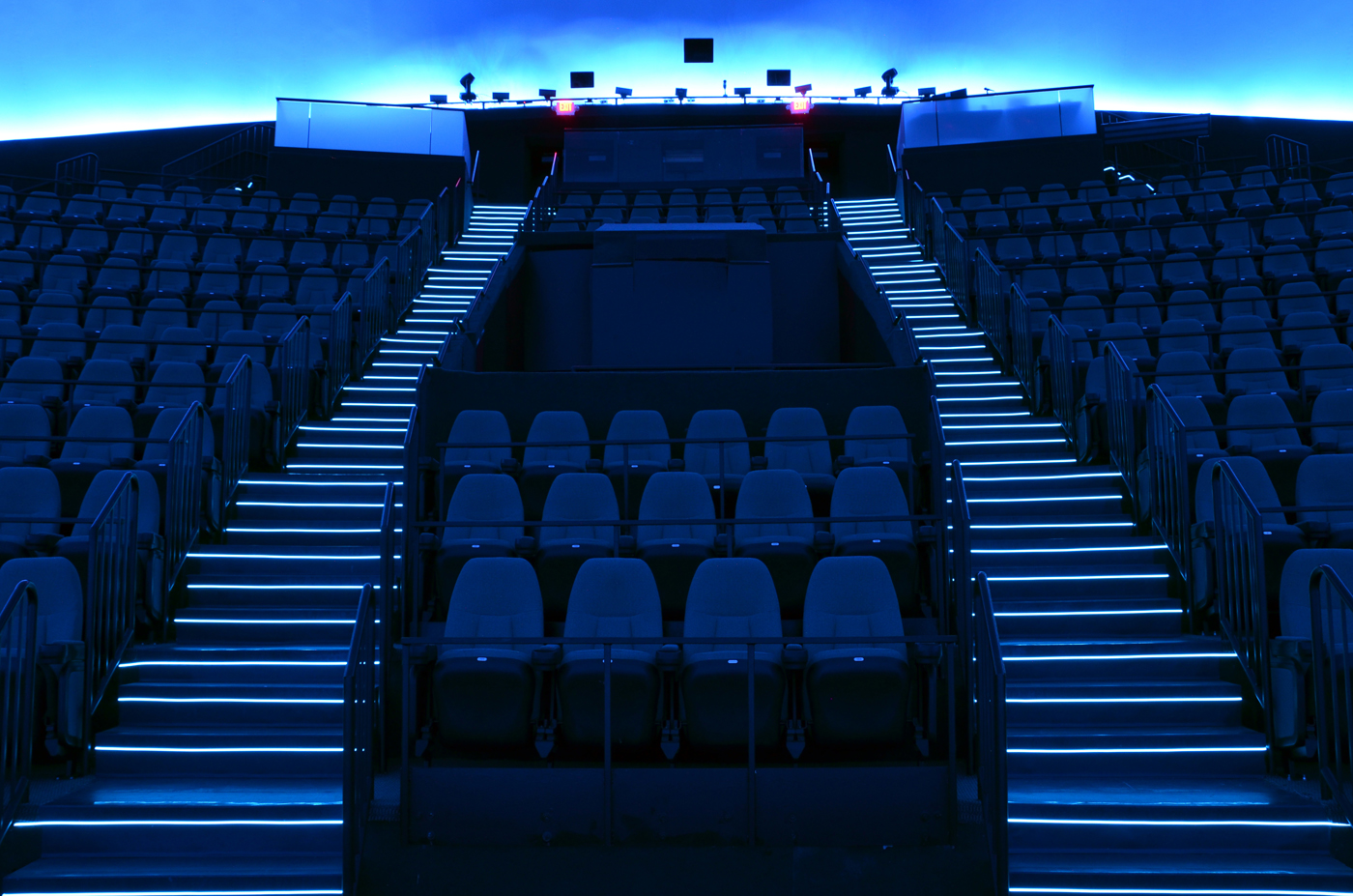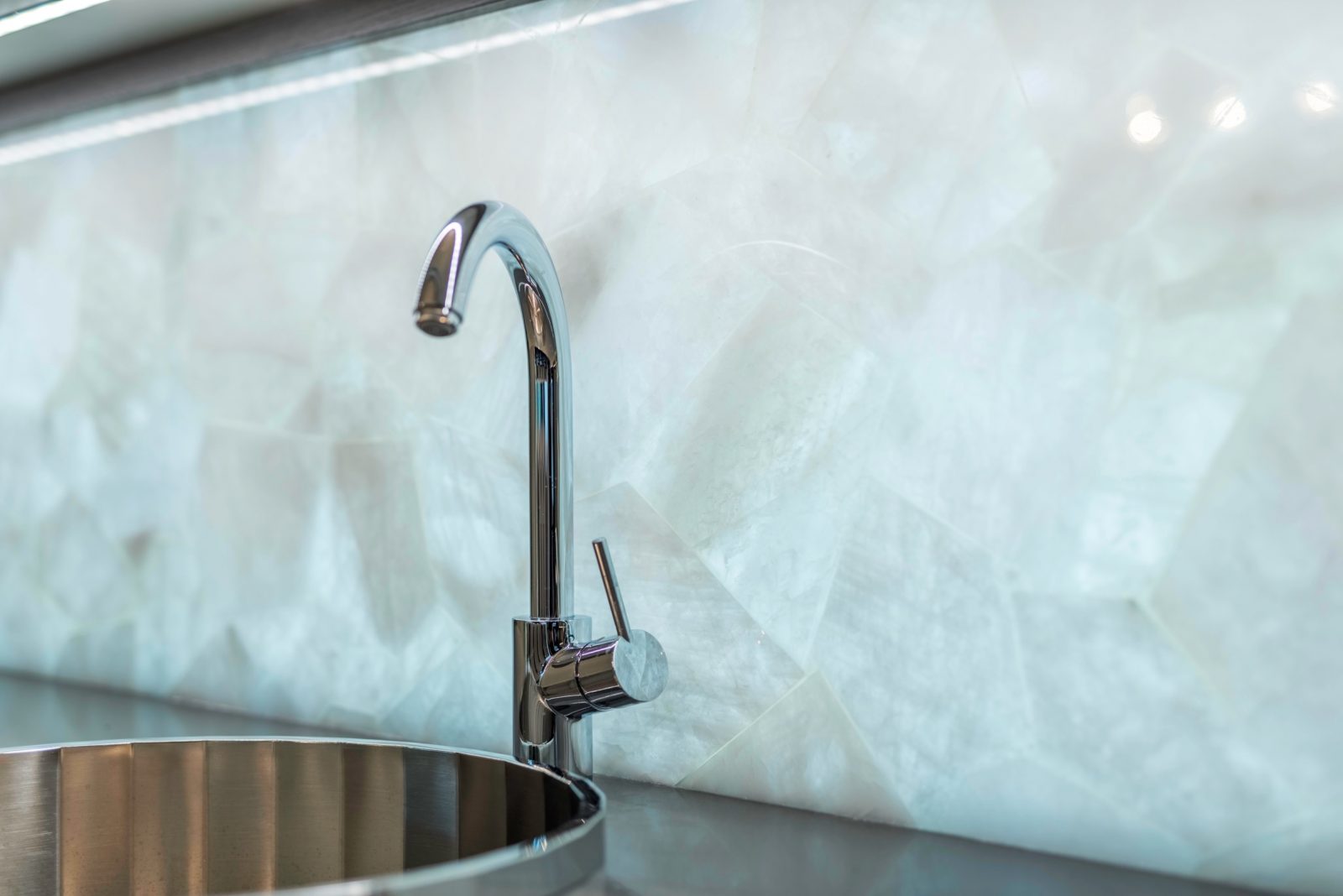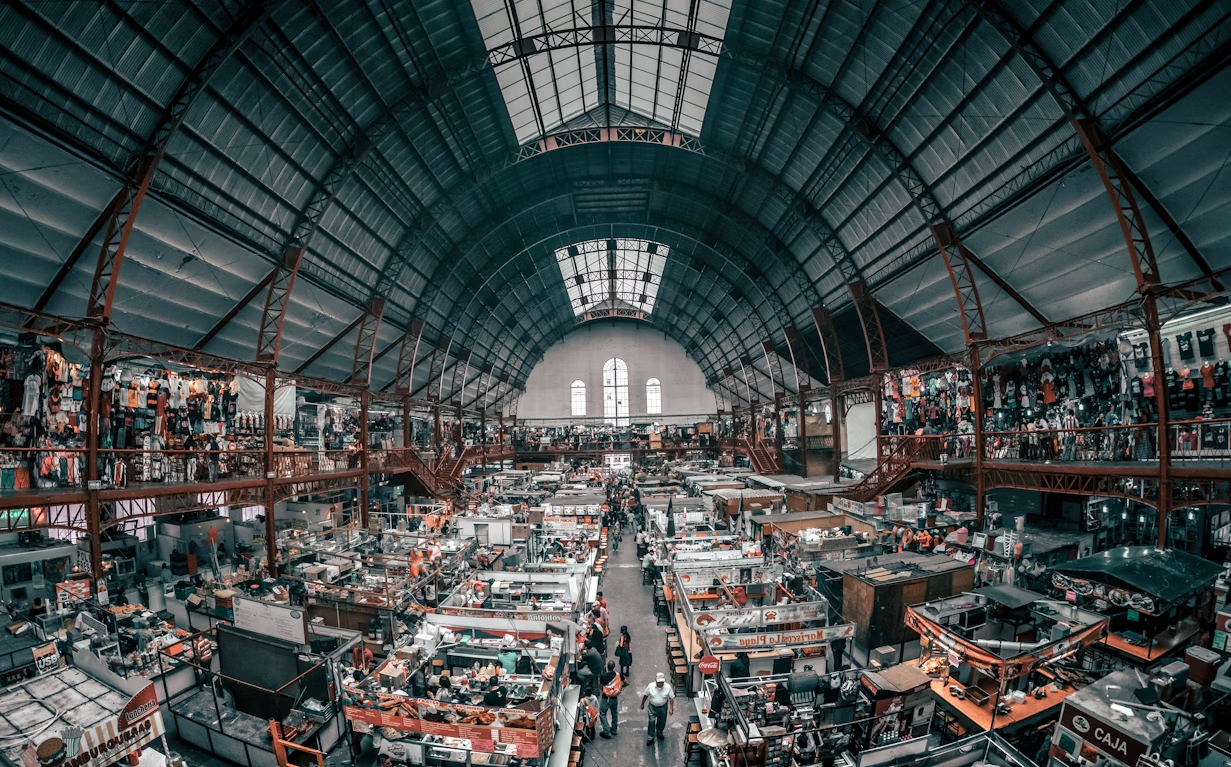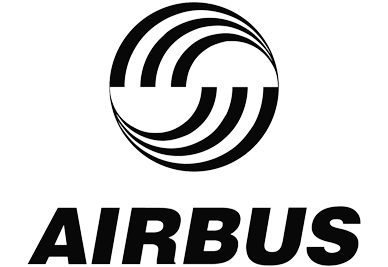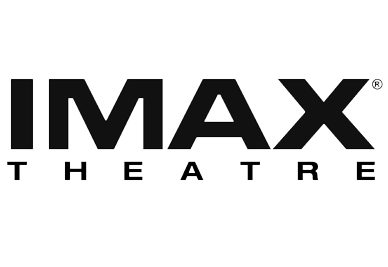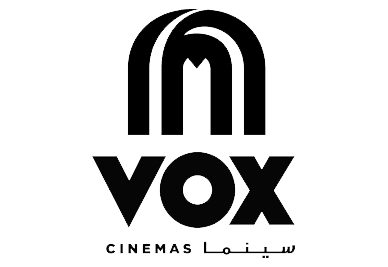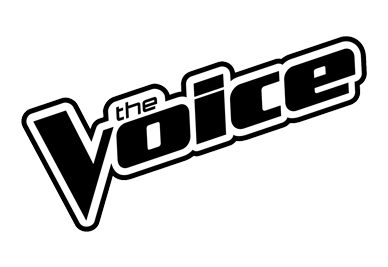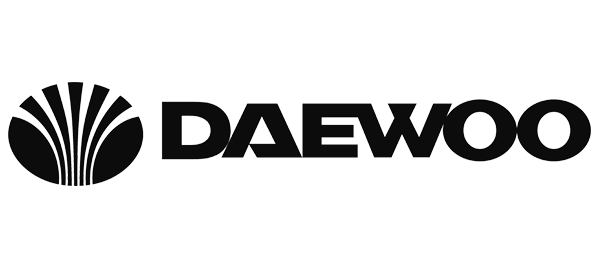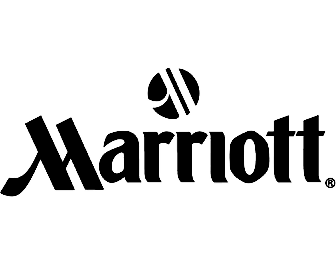Light Tape helps create seamless, real-time training—no latency. Just crisp, high-definition lighting.
Industry leaders in Mixed Reality Training Simulators
US-manufactured and patented, Light Tape® can illuminate any surface with even illumination. Light Tape is not an LED technology—it delivers continuous, seamless illumination that can cover entire walls without breaks, or be precision‑cut into custom shapes to replace dials, gauges, levers, and more for VR, AR, and XR systems. Our technology partnerships include
Kratos designs and delivers innovative, cost-effective systems, platforms, and products that serve national security and communications missions. By leveraging proven commercial technologies, proactive research, and efficient development methods, Kratos accelerates the delivery of cutting-edge capabilities to critical markets.
Varjo creates industry-leading virtual and mixed reality solutions built for the most demanding VR users. Their technology is trusted for critical applications—from training astronauts and pilots to designing vehicles and conducting cutting-edge research. The Varjo XR-4 Series headsets redefine what’s possible in mixed reality performance.
Why not use LEDs?
We are not an LED light source – LEDs cannot light areas evenly; the light shines brighter on the edges, causing issues with latency. You have to build very large structures to diffuse their light. With Light Tape, we can apply illumination precisely, without latency. LEDs also cast a lot of light, which can cause the trainee to appear illuminated, as they seem ‘lit.’
Latency is a significant issue—with Light Tape, there is no drag or trailing, so you can operate in real time. You do not have to wait for the image to catch up with the headset as you turn, unlike with image trailing caused by latency. Can read more about Light Tape VS LEDs in our blog
High Definition Mixed Reality Lighting Solutions
Designing for mixed reality requires precise clarity and resolution in simulations, surpassing other lighting options to create a more realistic and detailed visual experience for the user.
This technology is applicable wherever the highest degree of lighting is required, such as in military and healthcare settings.
Even Illumination
Even illumination is essential, and it is our main attribute in this application. This allows the goggle systems to operate with 4K-level clarity and with no latency, enabling the simulator to function in real time.
High Resolution in Simulation
When used in simulators, Light Tape offers superior clarity and resolution compared to other lighting solutions or lightfields. This allows you to see details such as readouts and dials more clearly, providing a higher level of decision-making capability.
Facilitates Real-Time Training
Light Tape enables real-time training in MR environments. Its clarity and consistent illumination allow users to interact seamlessly with real objects overlaid with virtual elements, which is essential for effective training simulations.
Compatibility with Blue Screen Technology
Traditional lighting can cast green light that interacts negatively with blue screens. Light Tape does not interfere with blue screen technology. Green light can reflect off a person’s skin tones, making them part of the lighting and the simulator. In contrast, blue light is not captured in skin tones, allowing people to avoid becoming illuminated.
Thin design
Light Tape’s ultra-thin, flexible design enables seamless coverage of nearly any surface. Its patented chroma keying and customizable light shaping provide key advantages for creating advanced XR environments.
Patent Protection
Light Tape’s patent protection provides a strong advantage for MR companies by ensuring the technology is unique, reliable, and difficult to replicate, giving potential partners confidence in its proprietary value.



